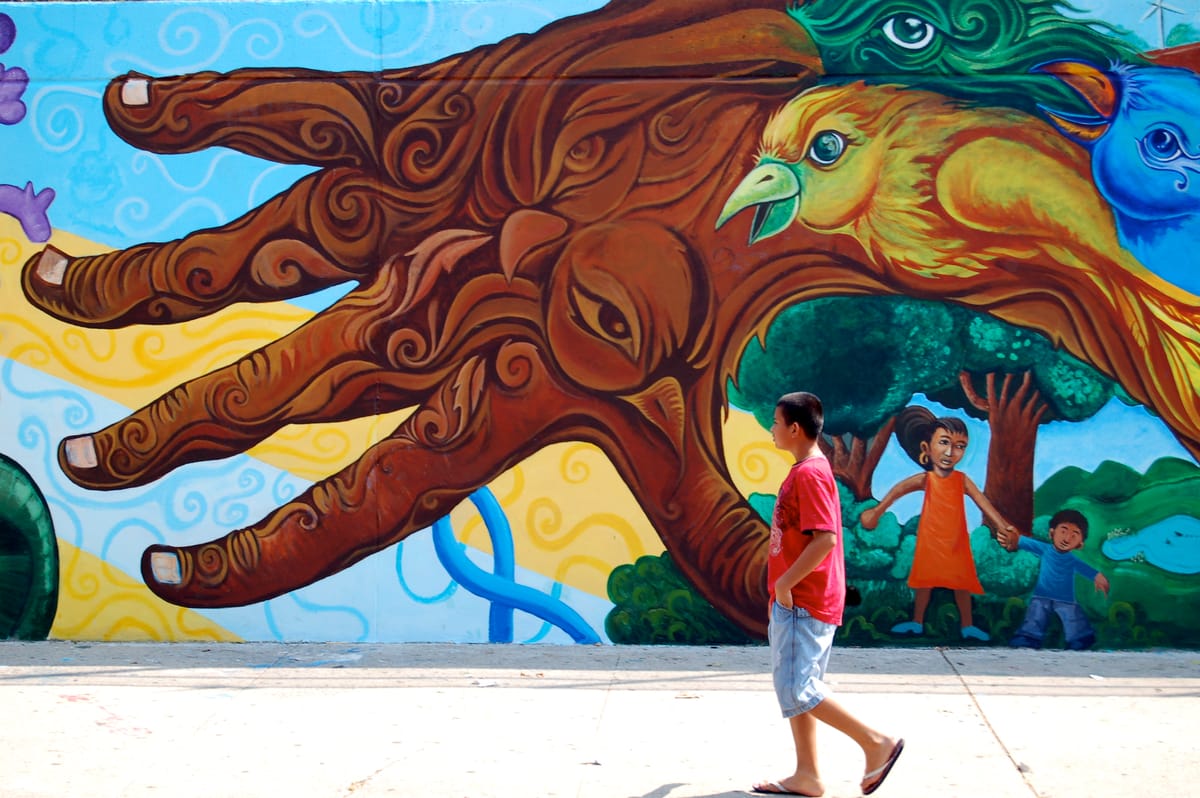NYC Department Of Cultural Affairs Releases Bushwick Arts & Culture Study

BUSHWICK – A report released last month by the New York City Department of Cultural Affairs examines the current state of arts and cultural institutions in Bushwick.

The report—which was conducted in a partnership with neighborhood arts and education centers, The Bushwick Starr and El Puente de Williamsburg—found that as Bushwick becomes increasingly gentrified, many of the arts spaces that made the neighborhood hot in the first place, are finding themselves being priced out. While new arts spaces sprout up to replace the old ones, the neighborhood continues to grow increasingly expensive, and low-income residents continue to be displaced, with some even moving into shelters.
Additionally, the report found that while creative spaces can find themselves priced out, they can also unintentionally act as contributors to displacement themselves.
“While new spaces and artists enhance the creative life of the neighborhood, they can also inadvertently contribute to the affordability crisis and exclude local communities in their engagement,” the report reads.
The report examines Bushwick’s history as a creative hotbed and claims that long before it was on the radar of developers and real estate brokers, the neighborhood was a hub of home-grown visual and performing arts, often facilitated around community events such as block parties and cultural celebrations.
“The arts are not something new to Bushwick,” Asenhat Gomez, Program Director of El Puente told Bklyner. “There were things here that came from within the community, and that’s what we really need to celebrate and highlight.”
But this tradition is threatened due to increasing displacement according to the study. Many longtime residents feel left out of the booming cultural scene, either due to lack of time, cost, or lack of knowledge about the events. Some neighbors surveyed for the study said arts in Bushwick are often more geared towards visitors than residents.
“We, the residents, changed the neighborhood and made it safe through community policing, arts, culture,” Community Board 4 Chairman Robert Camacho says in the report, “and now we are not able to afford to stay on and reap the benefits.”

El Puente, an arts, education and human rights organization which has been based in North Brooklyn for almost three decades, conducted the study with The Bushwick Starr, a non-profit community theatre, thanks to a grant from the Department of Cultural Affairs (DCLA) as part of their Building Community Capacity (BCC) program. The program is intended to seek community input in neighborhoods with a rezoning on the horizon.
The DCLA says it intends the information gathered in the report to be used as tool to fight for arts and cultural institutions to be considered during the rezoning process.
“The insights in this report will help guide the next phase of BCC, and will give local residents the information they need to advocate for arts and culture as a key component of sustainable development,” said Department of Arts and Culture spokesperson Annie Leist.
The rezoning of Bushwick has been in the planning stage for years. In 2014, Community Board 4 along with Council Members Antonio Reynoso and Rafael Espinal invited Bushwick residents to play a direct role in the rezoning, hoping to achieve a grassroots planning process. A recent update on the process cites the creation of affordable housing, investments in neighborhood infrastructure and promotion of job growth as assets of the plan.
Gomez said El Puente and The Bushwick Starr conducted focus groups with community members, including senior citizens, NYCHA residents, representatives of local churches and local artists.
Survey respondents said they wanted to bring back local- and minority-owned businesses, affordable housing and after school programs. Among what they wanted to see created in the neighborhood were family entertainment options, movie theatres, sit-down restaurants, art museums, galleries, theatres as well as parks and open spaces. When asked what they wanted to preserve in the neighborhood, things residents listed include existing parks, libraries, senior centers, affordable housing, and neighborhood culture.
Gomez, a longtime Bushwick resident herself, said they spoke to a community of people who wanted a part of everything the neighborhood had to offer, but that the city had to help make sure they were able to stay there.
Based on the reports findings, Gomez says she thinks the city needs to turn every city-owned plot of land into deeply affordable housing during the rezoning, in order to preserve the existing community.
“Our young people definitely want to be a part of all of it, but they need to be able to afford to stay here,” she said.



